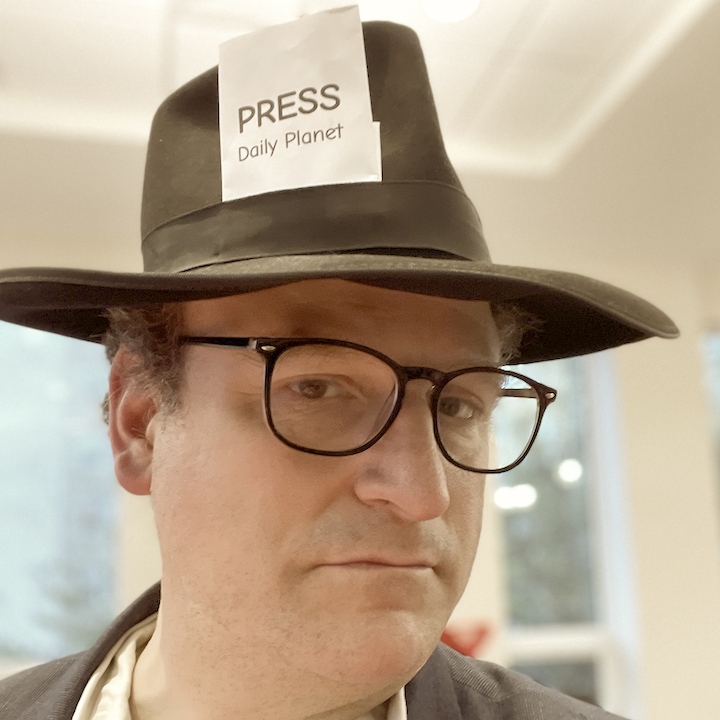imaginary family values presents
yesh omrim
a blog that reclines to the left

“Yes, Detective Fontana, that’s the work of an Intelligent Bomber”
30 December 2005
Some thoughts inspired by Kitzmiller v. Dover:
Suppose you are walking through a field and you find a watch. As every student of theology knows, once you see the watch, you know there must have been a watchmaker. But that’s not all you know. You can look at the brand name and determine what company made the watch, and then you’ll know where you could go to get another watch like it, and you could even estimate how much it would cost. If you’re a horologist, you might be able to figure out when the watch was made. If you’re a customs inspector, you might be able to tell if the watch labeled “Rolex” is a real Rolex or a counterfeit.
In every field where people examine sapient-created artifacts, the examiners want to learn about the creators, not just confirm their existence. Historians analyzed The Federalist Papers to determine which documents were written by which Founding Father. An archaeologist who finds a stone blade will try to determine what it was used for and when it was made. A homicide detective wants to identify the perpetrator.
One of the basic propositions of Intelligent Design Theory is that while “microevolution” takes place, “macroevolution” is a fiction created by those wily Darwinists. Walter Brown of the Center for Scientific Creation distinguishes micro- and macroevolution by saying that the latter “requires new abilities, increasing complexity, and new genetic information”. If a baterial strain develops resistance to an antibiotic, does that count as a “new ability”? Of course not, says a recent article in the Creation Science Research Quarterly, because a strain that gains resistance to an antibiotic usually loses some other quality, such as virulence. But by that logic, any change in an organism’s traits can be dismissed as “microevolution”, since any change has both benefits and costs. (Humans have bigger brains than apes. The benefit is that we can think of solutions to problems that apes can’t solve. The cost is that in order to fit our skulls through our mothers’ pelvises at birth, we are born premature by primate standards, and we depend on the care of adults for a longer period of time.)
Suppose, for the purpose of argument, that there is a meaningful distinction between micro- and macroevolution, and that the latter does not occur. Given two organisms, how can we tell whether or not they have a common ancestor? At what point would they become just dissimilar enough to be classified in separate trees? This CSRQ article goes on at great length about “the ten-year-old field of baraminology” (the term is derived from the Hebrew ברא מין, “He created a type”), defining the terms “holobaramin”, “monobaramin”, “apobaramin”, “polybaramin”, “archebaramin”, “neobaramin”, and “paleobaramin”, without answering this question.
Instead of performing this kind of actual research, creationists focus on packaging themselves for school boards. First we had outright Biblical creationism taught in taxpayer-funded schools. When the Supreme Court declared that unconstitutional, we had “creation science”. When the courts remained unconvinced by the renaming, “Intelligent Design Theory” burst onto the scene, and to make sure the theory was not challenged as unscientific, the Kansas Board of Education redefined “science”.
It’s as if a police department, frustrated by accusations that they were not solving enough murder cases, declared every case closed as soon as they classified it as a homicide, and didn’t bother to actually look for the murderer. We wouldn’t put up with that kind of laziness from our police; we shouldn’t teach our children that the same attitude is acceptable from a scientist.
for the contrary view, see Cross-Currents: 1 2 3 4 5
- Later: If only Don Adams were alive to see this
- Earlier: Ten words